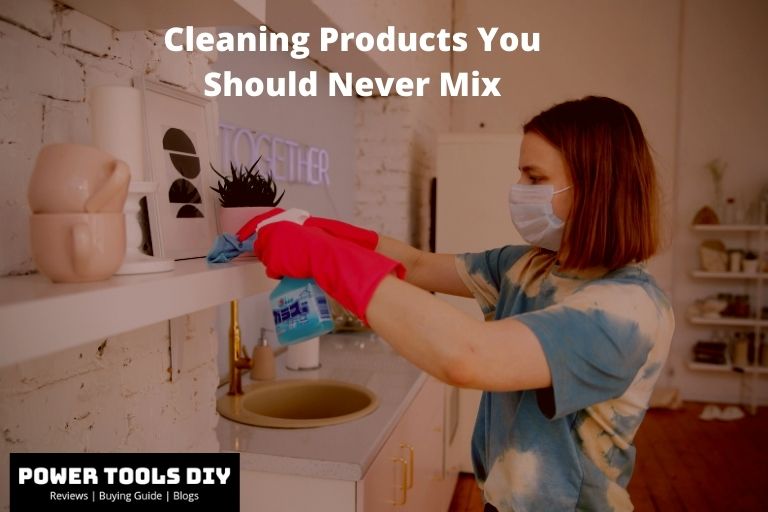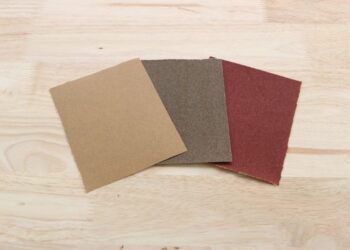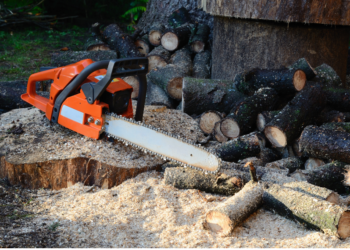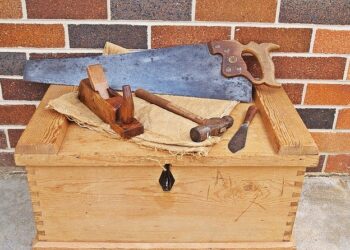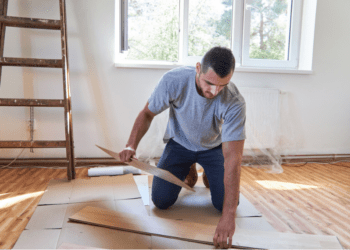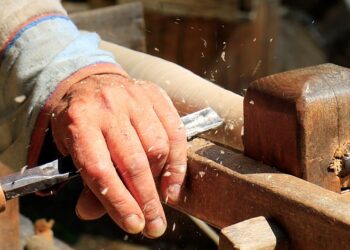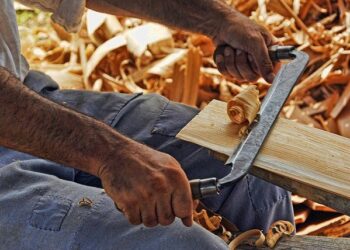When things start looking grimy in our house, then it’s time to take out our yellow gloves! The only thing that we want is to get the job done as soon as possible. When you open the cleaning cabinet and see lots of bottles and think, this cleans and that also cleans, Why not mix them all? That will kill the grim faster!’
Think about it again! If you do this, then the day will turn lousy day even worse than this.
When some of these chemicals mixed undergo chemical reactions and give dangerous results, this does not just happen when you mix them in the bucket but also when you clean the same surface with two different cleaners one after another.
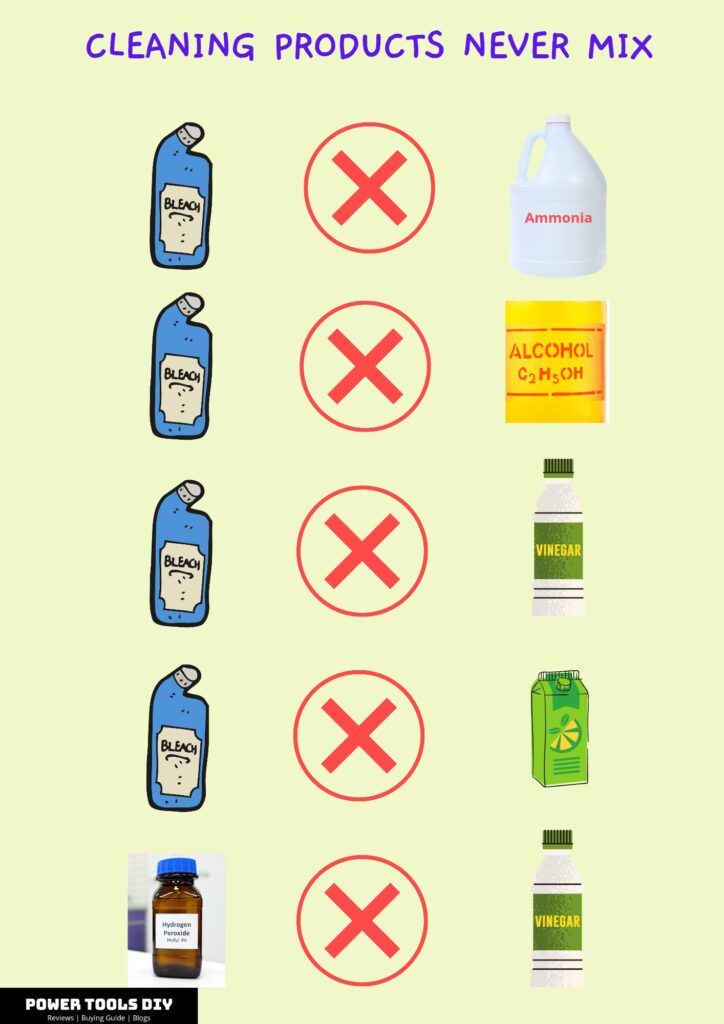
So it becomes necessary to know 10 Cleaning Products You Should Never Mix. Let’s look at it below.
1. Bleach and Ammonia
Bleach is usually a solution of 5% Sodium Hypochlorite in Water. Sodium Hypochlorite is an oxidizer, and it’s good at breaking down dyes. It also helps to kill Microorganisms. This cleaner quickly reacts with other cleaners like Ammonia. This can create dangerous by-products. Household cleaning solutions have 5 to 10% Ammonium Hydroxide in water. It can be found in other household products like Window or glass cleaning blue solution to typically almost all cleaning solutions. When this solution is mixed with bleach, then ammonium hydroxide and sodium hypochlorite react to a harmful gas called chloramine. Which again reacts with Sodium Hypochlorite to give another by-product as dichloramine and nitrogen trichloride.
If you contact these vapors, they irritate the eyes and cause severe respiratory issues. This can not kill you, but severe and intense exposure will give you a trip to the hospital.
2. Bleach and Alcohol
These two solutions are never mixed easily by someone. But if some surface gets bleached and again after bleaching you scrub it with rubbing alcohol, It becomes dangerous.
Sodium hypochlorite reacts with isopropyl alcohol to form hydrochloric acid, chloroacetone, and the most harmful chloroform.
These high Vapours cause extreme irritation in your eyes and can be absorbed by your body through your skin. This can cause severe damage on and inside your skin.
This kind of small mixing can affect huge in a closed room. The same Reaction can happen with party alcohol, so be aware while handling party stuff.
3. Bleach and Vinegar
These two cleaning solutions, when getting in contact together, will produce chlorine gas.
For your kind information, Chlorine gas at a very minute level can cause Coughing, breathing problems, and the burning of the eyes.
4. Baking soda and Vinegar
Baking soda is also used for cleaning purposes, which is basic in nature. While Vinegar is acidic in pH. On Reaction between these two household cleaning products, we get mostly water and sometimes Sodium Acetate as a product.
This doesn’t harm you anyway, but if you put both in a closed container, it may explode.
5. Hydrogen Peroxide and Vinegar
Vinegar is acidic at pH level. There is a component of Acetic acid from Vinegar. This acetic acid forms peracetic acid in a chemical reaction when combined with a solution containing Hydrogen Peroxide.
This Peracetic Acid can break down the surface where you combined both. That means this product of Reaction is highly Toxic and also Corrosive.
6. Lysol and Bleach
We have Lysol in our homes, but this shouldn’t be mixed with bleach at any condition. Lysol is a chemical 2-benzyl 4-chlorophenol that gets oxidized when in contact with bleach.
The Reaction gives products as toxic gases and harmful compounds. For some time, we feel irritations in our eyes when we mix them.
7. Mixing Drain Cleaner
Drain cleaners are mostly concentrated. There are three categories of drain cleaners- Oxidizers, acids, and Bases.
Some oxidizing drain cleaners can contain a high concentration of Sodium Hypochlorite. If you pour some acidic Drain cleaner with a high Hydrochloric acid concentration, they react to make chlorine gas. Sometimes it will perform an exothermic Reaction and may cause an explosion.
Chlorine gas can cause Asphyxiation and also chemically burn in the lungs. Even if this doesn’t kill you, it will have a long-lasting effect on your health.
8. Detergent and Disinfectant
Many Disinfectant in the market contains Ammonia as an ingredient. If you try to mix it with Detergents, then it may do a Chemical Reaction. This depends on market brands, and what they contain.
If there is any reaction, it will be an exothermic reaction, and it may cause harm to your health.
9. Bleach and Lemon Juice
Lemon also has acidic properties like other cleaning products. When you try to mix it with then, it gives Chlorine gas as a product.
And as we see above Chlorine gas is very harmful to our health.
10. Bleach and other Cleaning Products
It’s really necessary to use bleach alone. But when we tried to mix bleach with Vinegar, floor cleaner, toilet cleaner, wood cleaner, or any other cleaner, it would react with them. Their by-products may be different, but mainly it is chlorine gas.
This gas causes respiratory diseases and ocular problems also.
We must read the contains of every product that we use in household cleaning. If we don’t know chemistry, then stay away from mixing them in each other.
Also Read: Brilliant ways to use wd 40

